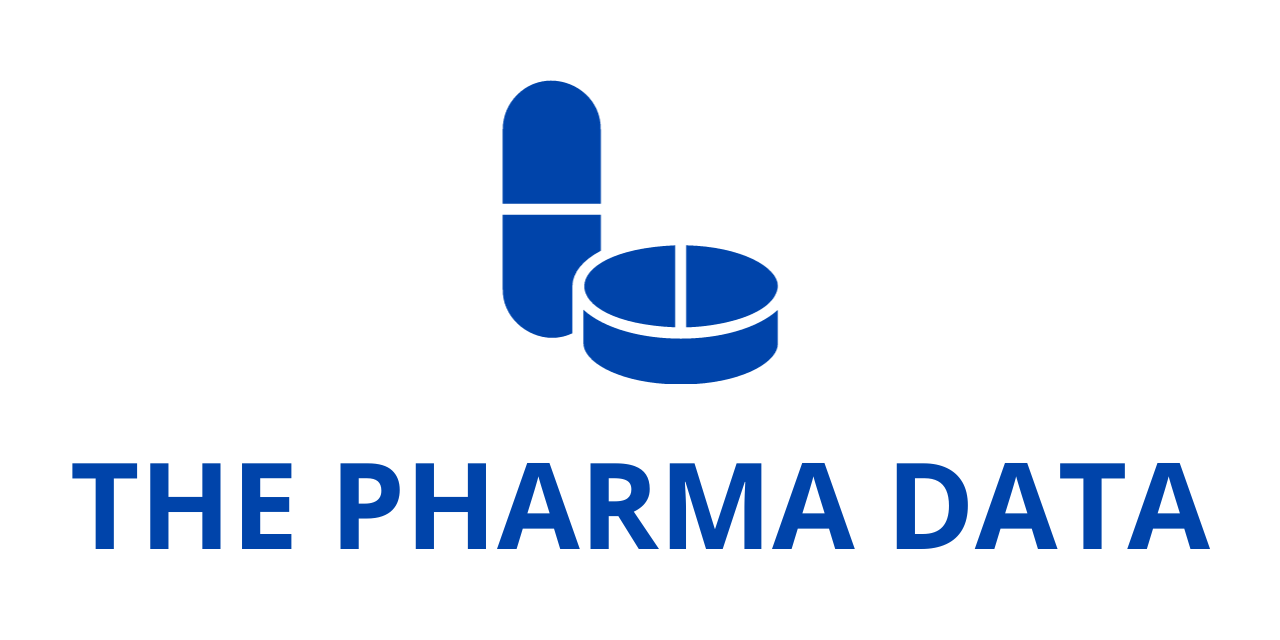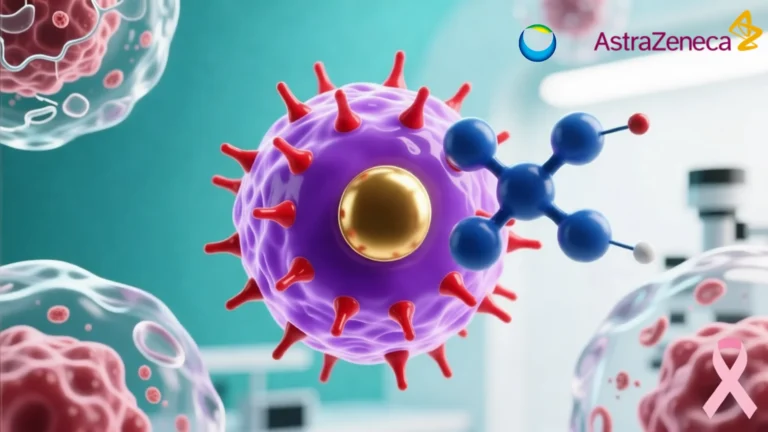
Global Cancer Antibody Drug Conjugates Market Report 2024: Industry Growth, Drug Approvals, and Market Expansion
The latest report, “Global Cancer Antibody Drug Conjugates Market Size, Drugs Approval, Price, Sales & Clinical Trials Insight 2030,” has been added to ResearchAndMarkets.com’s portfolio. The comprehensive study provides an in-depth analysis of the antibody-drug conjugates (ADC) market, which is witnessing exponential growth due to increased commercial sales, expanding clinical trials, and rising global demand for advanced oncology therapeutics.
The Role of ADCs in Oncology
Antibody-drug conjugates (ADCs) represent a transformative class of cancer treatments, combining the specificity of monoclonal antibodies with the potent cytotoxic properties of chemotherapeutic agents. This combination allows for precise targeting of cancer cells while minimizing damage to healthy tissues, reducing side effects commonly associated with conventional chemotherapy. By offering enhanced efficacy and reduced toxicity, ADCs are emerging as a critical component in the fight against various forms of cancer.
Market Performance and Commercial Success
ADCs have established a strong foothold in the oncology sector, with commercial sales surpassing $10 billion in 2023. This impressive market performance is attributed to increased adoption, regulatory approvals, and continuous advancements in ADC technology. Leading pharmaceutical companies are investing heavily in ADC research, manufacturing, and commercialization, further driving the sector’s expansion.
The surge in market growth is also supported by an increasing number of clinical trials assessing the efficacy and safety of ADCs across various cancer types. Currently, over 500 ADC candidates are undergoing clinical evaluation, reflecting a heightened focus on innovation and therapeutic development. The rising number of investigational ADCs suggests that these drugs will continue to shape the future of targeted cancer therapy.
Regulatory Approvals and Market Expansion
As of October 2024, regulatory agencies worldwide have approved 16 ADCs, underscoring the rapid adoption of this innovative therapy class. Some of the most commercially successful ADCs include:
- Padcev (Enfortumab Vedotin) – Approved for urothelial carcinoma and showing promising results in ongoing studies for other indications.
- Kadcyla (Ado-Trastuzumab Emtansine) – A key treatment for HER2-positive breast cancer, demonstrating significant efficacy.
- Enhertu (Trastuzumab Deruxtecan) – A breakthrough ADC used in breast and gastric cancer treatment with expanding indications.
The growing list of approved ADCs reflects a positive regulatory environment, encouraging pharmaceutical companies to accelerate research and development (R&D) efforts. The ongoing expansion of ADC applications into additional cancer types, such as colorectal and ovarian cancers, is expected to drive further market growth over the next decade.
ADCs Targeting Lung and Breast Cancer
Lung cancer remains one of the most lethal malignancies worldwide, necessitating the urgent development of effective therapies. ADCs are increasingly being explored as viable options for lung cancer treatment, with multiple candidates advancing through clinical trials. These therapies offer targeted mechanisms of action that could significantly improve patient outcomes compared to conventional chemotherapy.
Similarly, the field of breast cancer treatment has seen remarkable progress with ADCs. Currently, four ADCs are approved for breast cancer, marking a major milestone in targeted oncology. With continued research efforts, new ADCs are expected to enhance treatment options for patients with HER2-positive and triple-negative breast cancer subtypes, potentially improving survival rates and quality of life.
Regional Market Dynamics: United States and China Leading the Charge

The ADC market is witnessing significant growth in the United States and China, driven by robust healthcare infrastructure, cutting-edge R&D initiatives, and regulatory frameworks that support innovation. These two countries account for a major share of ADC research and commercialization, fostering an environment conducive to the development of next-generation therapies.
- United States: With a strong biopharmaceutical industry and high investment in oncology drug development, the U.S. is a major player in the ADC market. Regulatory agencies such as the FDA have been proactive in expediting the approval process for promising ADC candidates, ensuring faster patient access to breakthrough therapies.
- China: The country has rapidly emerged as a key hub for ADC research and manufacturing. Chinese pharmaceutical companies are actively collaborating with global biotech firms to develop novel ADCs and bring them to international markets. Government initiatives supporting biotechnology advancements have further bolstered China’s position as a leader in the ADC sector.
Challenges and Future Opportunities
While ADCs hold immense promise, several challenges must be addressed to maximize their potential:
- Manufacturing Complexities: The production of ADCs is a highly intricate process that requires advanced bioconjugation techniques and stringent quality control measures. Streamlining manufacturing workflows and reducing costs will be critical for improving accessibility.
- Drug Resistance: Some cancer cells may develop resistance to ADC therapy over time, necessitating the exploration of combination treatment approaches to enhance long-term efficacy.
- Regulatory Hurdles: Although ADC approvals are increasing, stringent regulatory requirements can pose obstacles to market entry. Harmonizing global approval processes may facilitate faster commercialization.
Despite these challenges, the ADC market is poised for continued growth, supported by innovations in drug design, linker technology, and payload selection. Companies are actively exploring novel ADC platforms that improve drug stability and efficacy while reducing off-target toxicity.
The Future of ADCs in Oncology
As ADC research advances, the next decade is expected to bring a wave of breakthrough therapies that redefine cancer treatment. Key trends shaping the future of the ADC market include:
- Expanded Indications: Beyond traditional applications in breast, lung, and urothelial cancers, ADCs are being investigated for hematologic malignancies and rare cancer types.
- Next-Generation ADCs: Improved linker and payload technologies will enhance drug potency, stability, and targeting precision, paving the way for superior therapeutic outcomes.
- Strategic Collaborations: Partnerships between pharmaceutical giants, biotech startups, and academic institutions will accelerate ADC innovation and global market penetration.
- Personalized Medicine Approaches: The integration of biomarkers and companion diagnostics will allow for more tailored ADC therapies, optimizing patient responses and minimizing adverse effects.
Key Players Driving ADC Innovation
Several leading pharmaceutical and biotech companies are actively engaged in ADC research, development, and commercialization. Notable players in the market include:
- Biocytogen
- Bristol Myers Squibb
- Eli Lilly
- Innovent Biologics
- Merck
- Pfizer
- Affinity Biopharma
- Biokin
- Synaffix
- ADC Therapeutics
- AstraZeneca
- Daiichi Sankyo
- Duality Biologics
- Immunogen
- LigaChem Biosciences
These companies are playing a pivotal role in advancing ADC technology and expanding treatment options for cancer patients worldwide. With continued investment and scientific innovation, ADCs are set to become a cornerstone of modern oncology treatment.




